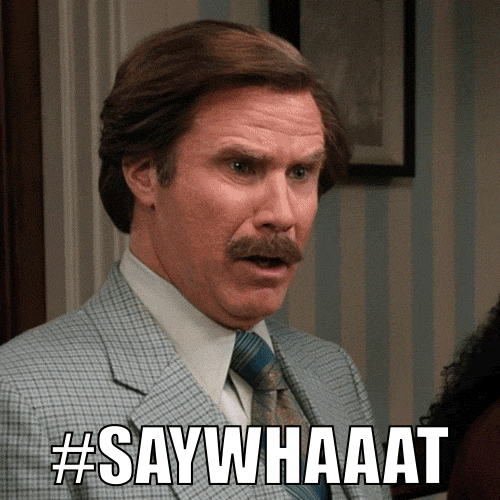More than Wine and Designer Shoes
 By More than Wine and Designer Shoes
By More than Wine and Designer Shoes
April 25, 2016

Switchboard’s practicum student, Danielle Palfery, provides a more realistic look at the PR industry
“So, what is it that you do, exactly?”
As a student completing my practicum at Switchboard Public Relations, I had one-on-one conversations with each member of the team, which allowed me some insight into their roles and the PR industry as a whole.
Vancouver, as a highly-competitive (and arguably cluttered) market, requires businesses and organizations to not only present a valuable service or product, but also to provide an element of originality and inventiveness that inspires the target audience. That’s where PR comes in. PR teams examine culture and understand how to build public awareness through thoughtful engagement.
As PR is a rapidly changing industry, there are plenty of entertaining popular misconceptions about who PR practitioners are and what we do. Here are my four favourites based on my practicum at Switchboard:

1. Everyone in PR is a Samantha Jones.
If this were true, the world would be a much more eccentric – and dysfunctional – place. However, not everyone in PR embodies the extravagance of Sex in the City’s Samantha. We’re not going to turn down a good cosmo, but PR professionals are about as diverse as the public they’re trying to reach; not everyone is required to be a socialite. In fact, without a range of academic backgrounds, skillsets, and personalities, most PR teams couldn’t stay afloat. Full-service public relations includes strategy, media relations, social media, community engagement, digital, creative and events, and pulling it off requires more than charm, a resilient liver and designer shoes.

2. You can get me on the 5:00 news by tomorrow, right?
Most people don’t understand the process of pitching news to journalists. As PR practitioners, it is our job to find the news value in our clients’ stories. Given that media convergence and downsizing has Canadian journalists pressed for time and budget more than ever, this isn’t a walk in the park. Building real relationships with representatives from the media is a proactive way to better the chances of getting client coverage. Compiling a meaningful media list, building relationships and pitching in its entirety takes tremendous patience and care.

3. Public Relations only comes into play when a crisis occurs.
Occasionally, crisis communications comes into play when a client requires that kind of support. Switchboard recommends that clients prepare for a crisis – a data breach for example – in advance, with a process in place to make sure information reaches staff and the public in a timely fashion. However, proactive public relations is the real meat and potatoes within the industry. Proactive public relations gives the brand or organization the opportunity to build their messaging and public reputation. With good use of strategic proactive PR, a brand lessens its chances significantly of having to resort to reactive PR, which is more commonly known as crisis communications.

4. Public Relations lacks ethics and authenticity.
Sadly, PR over the years has developed a bad reputation stemming from the concept of us “spinning” the truth to gain favorable public opinion. Historically, PR has been used in propaganda campaigns for wars and cigarette companies and has, thus, made a bad name for itself. However, as mentioned above, the industry is rapidly changing and sometimes that’s for the better. As my time at Switchboard has confirmed, PR professionals work from a place of transparency, and we pride ourselves on representing ethical clients – businesses and organizations that align with our core values. Quite simply, public relations is a relationship building tool, helping members of the community tell their stories in an authentic and impactful way. There’s nothing deceiving or villainous about that!
Feature image photo credit: The Odyssey Online, 18 Signs Mindy Kaling Is Your Spirit Animal
Share
